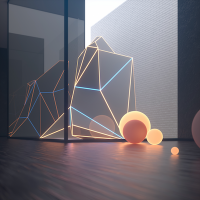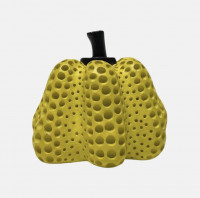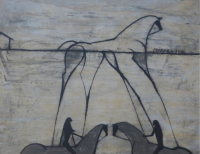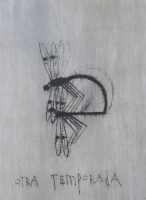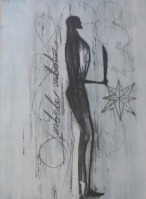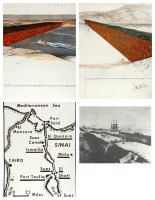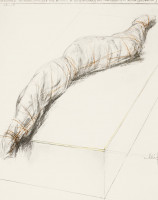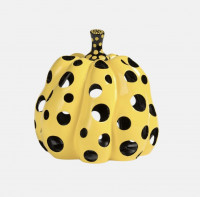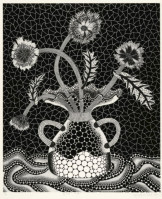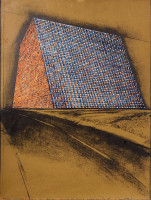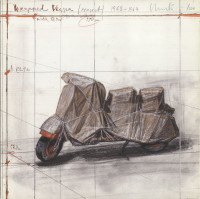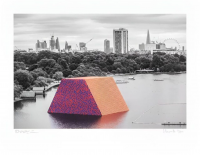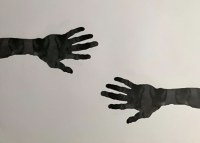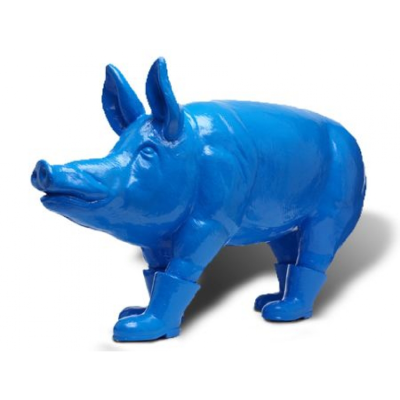
What is Environmental Art?
Environmental art is a collective term that refers to a wide range of artistic practices and works that engage with historical and ecological themes. The term often encompasses ecological concerns, although it is not exclusively defined by them. Environmental art acknowledges and appreciates the early history of the environmental art movement, including works with activist themes and those celebrating the connection between nature and the artist through the use of natural materials.
Show All
- Show All
- Established
- Discoveries
Show All
ARTWORKS RELATED TO ENVIRONMENTAL ART
Javacheff Christo
Wall of 10 Million Oil Drums, Project for the Suez Canal, 1972
Limited Edition Print
Screen-print
EUR 3,000
Javacheff Christo
Texas Mastaba, Project For 500,000 Stacked Oil Drums, 1971
Limited Edition Print
Lithograph
USD 1,550
Javacheff Christo
Wrapped Statues, Sleeping Fawn, Project for the Glyptothek, 2001
Limited Edition Print
Mixed Media
EUR 9,000
